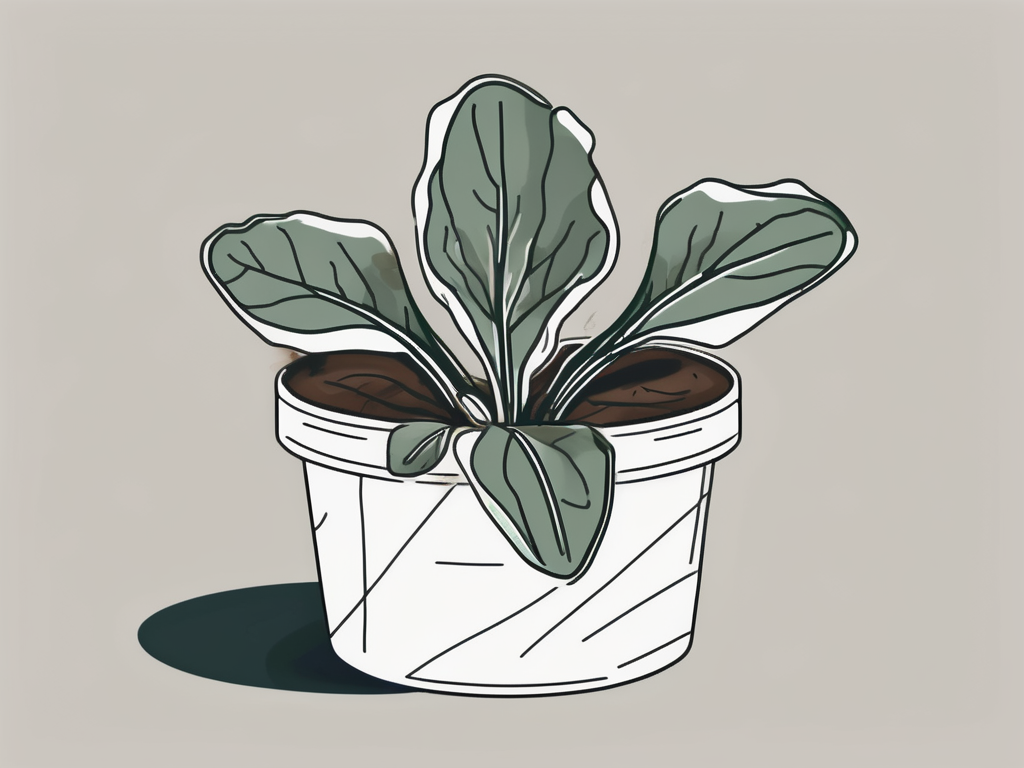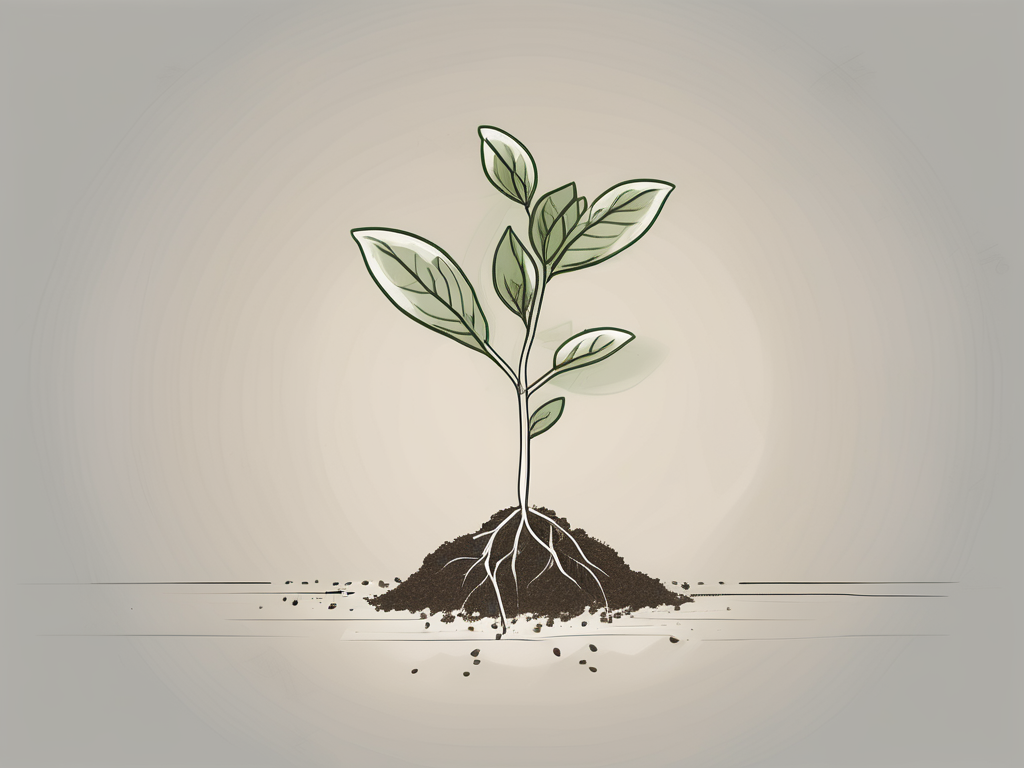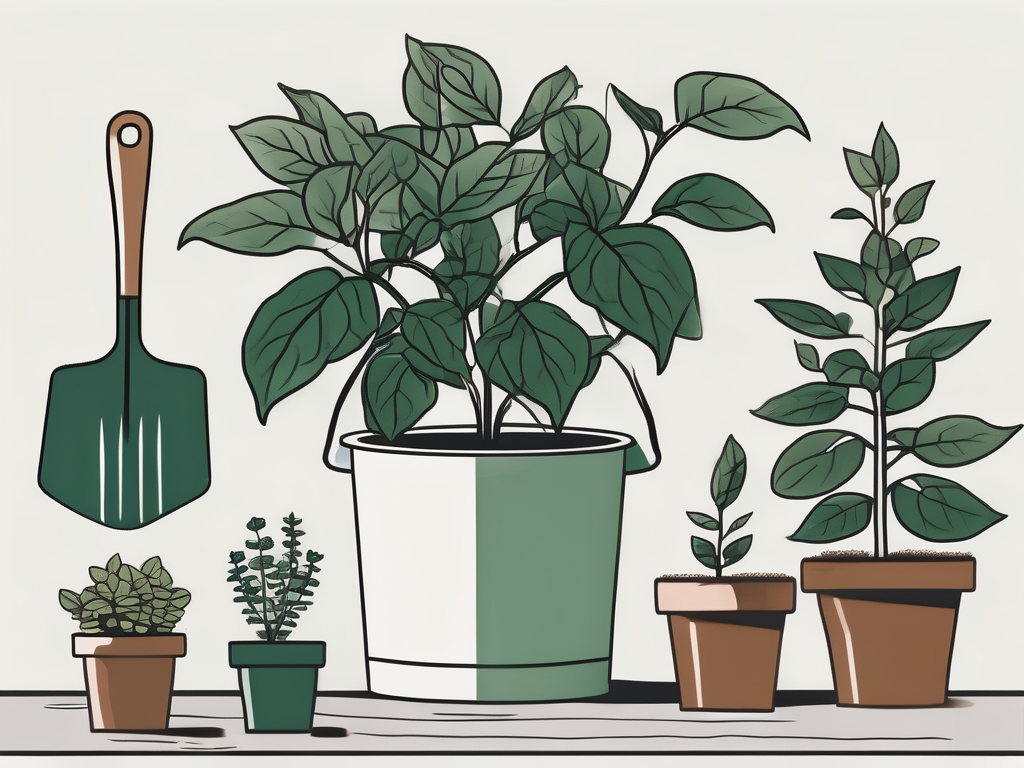
Ever stumbled upon an Oyster plant and thought, “I need more of these in my life”? You're not alone! This charming plant, with its vibrant purple undersides and green tops, is not just a treat for the eyes but also a breeze to propagate. If you're itching to multiply your Oyster plants, you’re in the right place.
In this article, we’ll journey through the steps of propagating Oyster plants, from gathering your materials to nurturing your new plant babies. Whether you’re a seasoned plant parent or just getting your hands dirty, these tips and tricks will set you on the path to becoming an Oyster plant pro!
Understanding the Oyster Plant
Before we get into propagation, let's take a moment to appreciate what makes the Oyster plant so special. Known scientifically as Tradescantia spathacea, this plant is native to Southern Mexico and Central America. It's loved for its striking foliage that features deep green leaves with a surprising purple underside. It's like finding a hidden gem!
The Oyster plant is not just about looks; it’s also a hardy plant. It thrives in a variety of conditions, making it perfect for both indoor and outdoor settings. This adaptability is what makes them a favorite among plant lovers. Plus, they’re relatively low maintenance. Give them a bit of light and regular watering, and they’ll reward you with lush growth.
The plant’s resilience and beauty make it a fantastic candidate for propagation. Whether you want to share with friends or expand your green space, propagating Oyster plants is a fulfilling way to spread the joy of this beautiful species.
Gathering Your Tools and Materials
Like any good project, successful propagation starts with the right tools. Here’s what you’ll need:
- Sharp scissors or pruning shears: You’ll need these to make clean cuts on the plant. Clean cuts help prevent damage and make rooting easier.
- Potting soil: Choose a well-draining mix to prevent waterlogging. A standard houseplant mix with added perlite or sand works well.
- Small pots or containers: These will be the new homes for your cuttings. Make sure they have drainage holes!
- Water: Keep a small watering can or spray bottle handy to keep the cuttings hydrated.
- Optional rooting hormone: While not necessary, rooting hormone can speed up the rooting process.
Once you have everything ready, you’re all set to start propagating. Preparation is key, and having your tools at hand will make the process smoother and more enjoyable.
Choosing the Perfect Cuttings
Now comes the exciting part: selecting the cuttings. When choosing a stem to propagate, look for healthy, vibrant leaves. Avoid stems with yellowing or browning leaves, as these might not root as well.
Choose a stem that's about 4-6 inches long. You’ll want to make a cut just below a node, which is where the leaves attach to the stem. This is where new roots will emerge. If you're unsure, look for a slight bump on the stem—that’s your node.
It’s best to cut in the morning when the plant is naturally more hydrated. Use your sharp scissors or pruning shears to make a clean cut. If you’re using a rooting hormone, dip the cut end into the powder at this point. It’s a good insurance policy for encouraging root growth, especially if you’re new to propagation.
Preparing Your Cuttings for Propagation
With your cuttings in hand, it’s time to prepare them for their new journey. Start by removing the lower leaves from each cutting. You want to leave a few leaves at the top, but remove enough so that no leaves will be submerged in water or covered in soil.
This step is crucial as submerged leaves can rot, which might prevent your cutting from rooting. If you’re using water to root your cuttings, place them in a glass or jar, ensuring no leaves are under water. For soil propagation, simply stick the cutting into the soil about an inch deep, making sure it’s stable.
Position your cuttings in a spot with bright, indirect light. Direct sunlight can be too intense and might dry out the cuttings. Think of it like finding the perfect balance between warmth and shade—cozy, but not too hot.
Caring for Your Cuttings
Patience is a virtue, especially when it comes to plant propagation. Over the next few weeks, your cuttings will need a little extra care to encourage root development.
- Watering: Keep the soil or water moist but not soggy. Overwatering can lead to rot, while underwatering can dry out the cutting.
- Humidity: Consider placing a plastic bag loosely over the cuttings to create a mini greenhouse effect. This helps maintain humidity, which can aid in root development.
- Light: Maintain that bright, indirect light. If you notice the leaves starting to fade, it might be a sign they’re getting too much sun.
Check your cuttings every few days. If you’re rooting in water, change the water weekly to keep it fresh and oxygenated. For soil cuttings, gently tug on them after a few weeks to see if they resist. Resistance usually means roots are forming!
Transplanting Your New Plants
Once your cuttings have developed a healthy root system, it’s time to transplant them into their own pots. This usually takes about 4-6 weeks, but it can vary depending on conditions.
Choose a pot that’s slightly larger than the root ball. Fill it with your well-draining potting mix, and make a small hole in the center. Gently place the rooted cutting into the hole, and cover the roots with soil. Press down lightly to secure the plant in place.
After transplanting, water the new plant thoroughly to help it settle. Keep it in a spot with indirect light and maintain consistent watering. At this stage, treat it like a new plant, gradually acclimating it to its environment.
Common Challenges and How to Overcome Them
Like any gardening adventure, propagating Oyster plants can come with its own set of challenges. But with a little knowledge, you can tackle them head-on!
- Root Rot: This is usually caused by overwatering or poor drainage. Ensure your pots have drainage holes, and let the soil dry out slightly between waterings.
- Wilting Cuttings: If your cuttings start to wilt, they might not be getting enough humidity or light. Try increasing the humidity or adjusting their light exposure.
- Slow Rooting: If roots are taking longer than expected, check your conditions. Cooler temperatures can slow down rooting, so try to maintain a warm, consistent environment.
Remember, each cutting is unique, and sometimes it takes a bit of trial and error to figure out what works best. Don’t be discouraged if things don’t go perfectly the first time. Learning is part of the fun!
Enjoying Your New Oyster Plant Collection
Congratulations, you’ve successfully propagated your Oyster plants! Now that you have a flourishing collection, there are endless ways to incorporate them into your space.
Consider grouping them together for a lush display, or mix them with other plants for a colorful arrangement. Their striking leaves make them a great focal point on a windowsill or shelf. Plus, they’re fantastic conversation starters!
These plants also make excellent gifts for friends and family. Sharing plants is a wonderful way to spread joy and connect with others. So, don’t hesitate to share your new plant babies with fellow plant lovers.
Troubleshooting and Tips for Continued Success
Even after your plants are established, they’ll need ongoing care to thrive. Here are some tips to keep them healthy and happy:
- Regular Maintenance: Prune any dead or yellowing leaves to encourage new growth. This also helps keep the plant looking tidy.
- Fertilizing: During the growing season, consider feeding your plants with a balanced, water-soluble fertilizer every month. This gives them the nutrients they need to thrive.
- Pest Control: Keep an eye out for common pests like spider mites. If you notice any, treat them promptly with insecticidal soap or neem oil.
By staying attentive to your plants' needs, you’ll enjoy their beauty for years to come. And who knows, you might find yourself propagating even more in the future!
Final Thoughts
Propagating Oyster plants can be a rewarding experience, offering you the joy of nurturing new life and expanding your plant collection with minimal cost. With a bit of patience and care, you’ll soon find yourself surrounded by these vibrant beauties.
At Cafe Planta, we're here to support your plant journey. Whether you’re looking for new plants, care tips, or just want to chat about your plant successes, our team is here for you. Feel free to email us or reach out on Instagram. We love hearing from fellow plant lovers and are excited to help you create a thriving plant sanctuary in your home.












